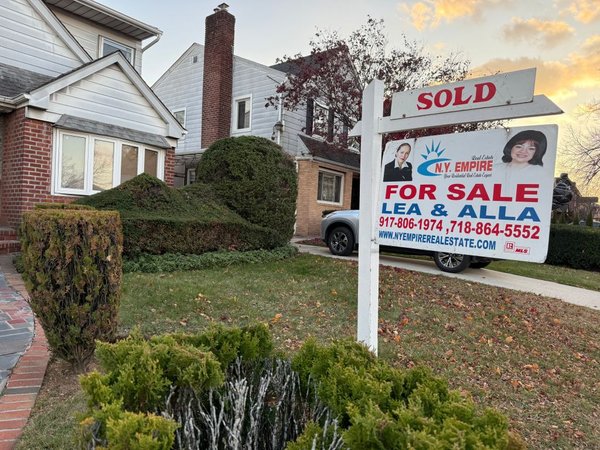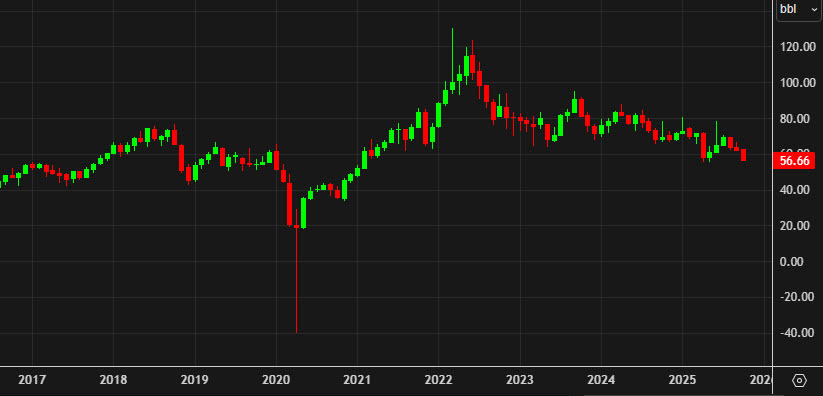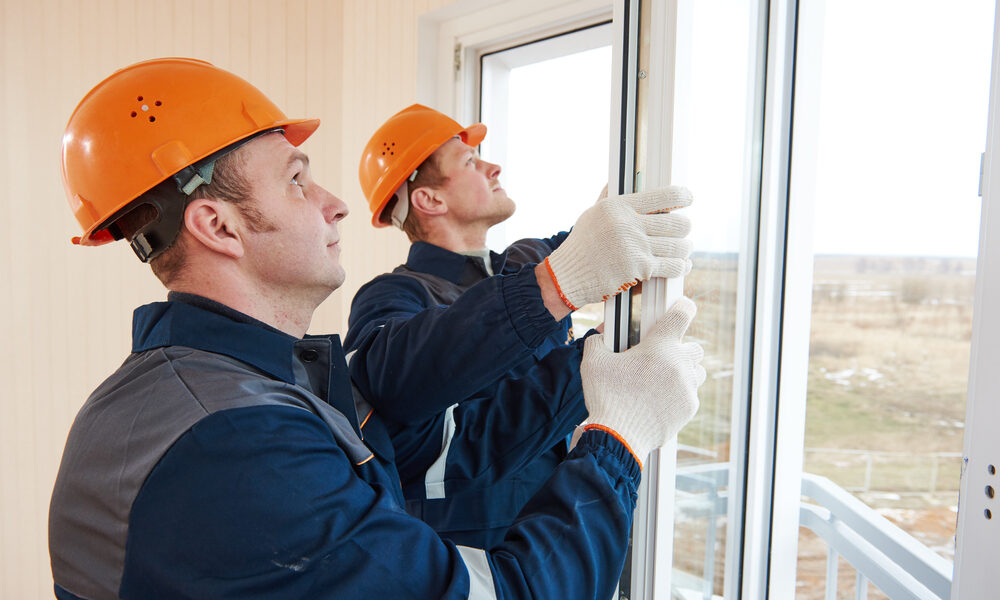A recent report from the National Association of Realtors highlights a troubling trend in the United States housing market. Over the next five years, homeownership is expected to become increasingly unattainable for many individuals in ten specific states. The disparity between income levels and home prices is projected to widen significantly, posing challenges for potential buyers.
According to the report, states such as California, New York, and Florida are set to experience the largest gaps between income and homeownership. By March 2028, these states will face steep competition in the housing market as prices continue to rise. The findings emphasize the urgent need for policy interventions to address the affordability crisis.
Top States Facing Homeownership Challenges
The states identified as having the most significant projected gaps include:
1. **California**: With an average home price exceeding $800,000, the state’s housing market remains one of the least affordable in the country.
2. **New York**: High living costs in urban areas, especially in New York City, contribute to a widening gap between average income and home prices.
3. **Florida**: Rapid population growth and demand for housing have driven up prices, making it increasingly difficult for residents to buy homes.
4. **Texas**: Although Texas has traditionally been viewed as an affordable state, recent trends indicate that rising prices in major cities are creating challenges for homebuyers.
5. **Illinois**: Economic instability and declining population have resulted in fluctuating home prices, further complicating homeownership prospects.
Other states, including Massachusetts, Virginia, Washington, and Illinois, are also facing challenges. The report suggests these areas will see a continued rise in housing costs, outpacing income growth.
The Economic Impact of Rising Home Prices
The implications of these trends extend beyond individual homebuyers. Rising home prices can lead to increased rental costs and contribute to economic inequality. As homeownership becomes less attainable, more people may turn to renting, driving up demand and prices in the rental market.
Local economies could also suffer as homeowners are often more invested in their communities. The potential decline in homeownership rates could lead to reduced spending on home improvements and neighborhood initiatives, which are crucial for vibrant communities.
The report underscores the need for comprehensive strategies to make housing more affordable. Policymakers will need to address zoning regulations, tax incentives, and investment in affordable housing projects to counteract the trend of rising home prices.
As the landscape of homeownership continues to evolve, it remains essential for stakeholders to monitor these developments closely. Addressing the widening gap between income and homeownership will require collaborative efforts from local governments, real estate professionals, and community organizations to create solutions that promote housing accessibility for all.






